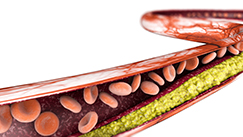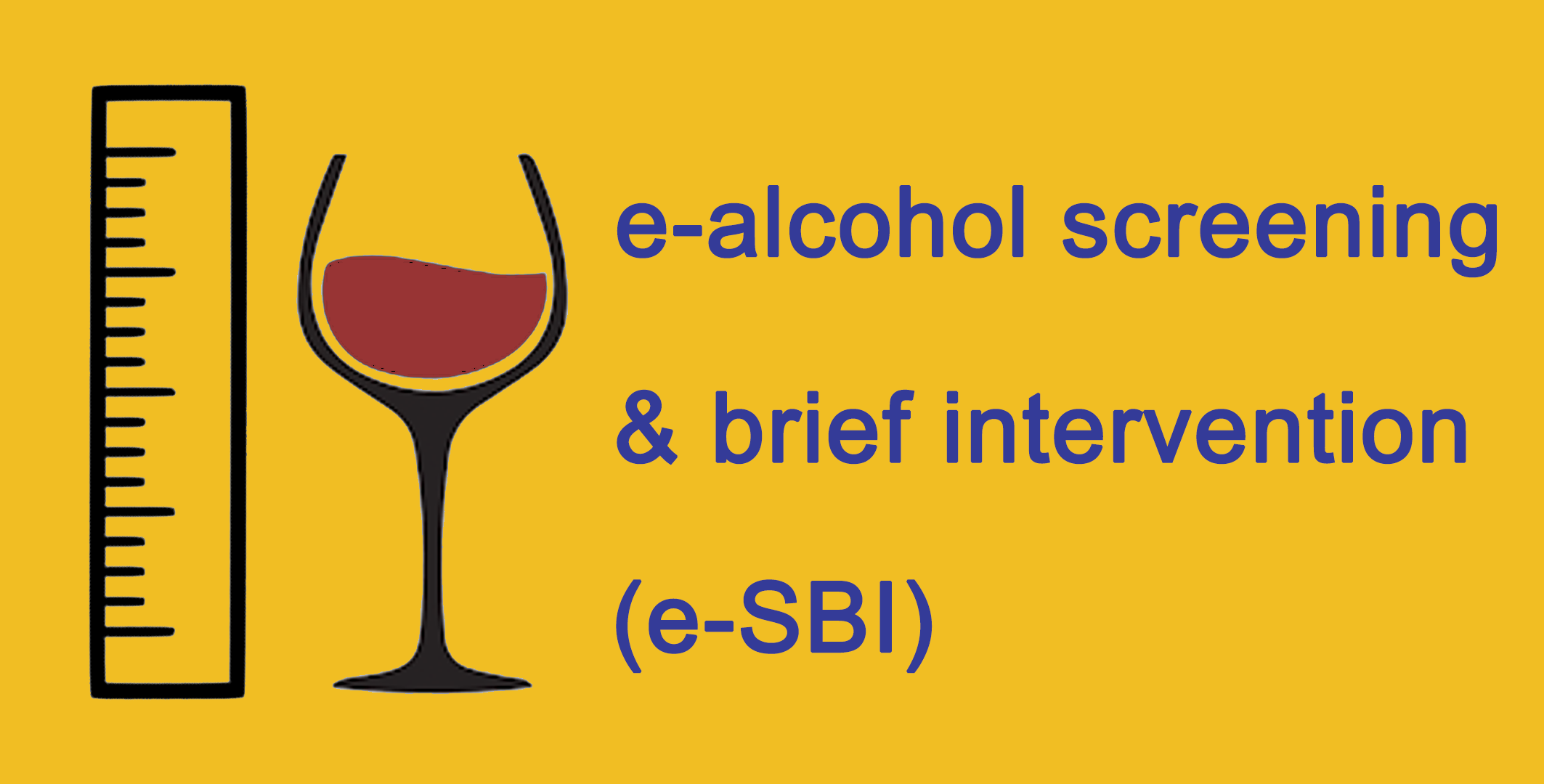NCD Watch
Blood Lipid Disorders
28 Oct 2019 (Mon)
 Having an optimal blood lipid level is important for everyone regardless of their age and sex. In order to function properly, our body needs cholesterol to make and repair cell, as well as uses it to produce hormones, vitamin D and bile acids which aid in digestion. However, too much cholesterol in the blood is harmful to health.
Having an optimal blood lipid level is important for everyone regardless of their age and sex. In order to function properly, our body needs cholesterol to make and repair cell, as well as uses it to produce hormones, vitamin D and bile acids which aid in digestion. However, too much cholesterol in the blood is harmful to health.
Depending on the type of blood lipids involved, individuals may have high levels of total cholesterol (TC), high levels of low-density lipoprotein cholesterol (LDL-C, regarded as ‘bad’ type), low levels of high-density lipoprotein cholesterol (HDL-C, regarded as ‘good’ type), high levels of triglycerides (TG), even a combination of these suboptimal blood lipid conditions.
It is noteworthy that dyslipidaemia usually has no signs and symptoms. Although high blood cholesterol or other blood lipid disorders will not cause to feel bad, it can significantly increase the risk of cardiovascular diseases (CVD), especially the ‘bad’ LDL-C is a potent risk factor for atherosclerotic CVD, including ischaemic heart disease and stroke.
In Hong Kong, the Population Health Survey 2014/15 reported that 42.2%, 35.0%, and 16.8% of local people aged 15-84 were respectively tested having a borderline high or above level of TC, LDL-C, and TG. The proportion of persons with low ‘good’ HDL-C level was 23.7%. Combining the prevalence of self-reported doctor-diagnosed hypercholesterolaemia (14.8%) and those who were undiagnosed before the survey but detected of having hypercholesterolaemia via blood tests (34.8%), the total prevalence of hypercholesterolaemia among persons aged 15-84 was 49.5%.
Apart from aging, gender and genetic susceptibility, certain lifestyles (including excessive intake of foods high in saturated or trans fats, physical inactivity, obesity and smoking), chronic diseases (such as diabetes mellitus) and medications (such as steroids), can also contribute to blood lipid disorders.
For prevention and management of high blood cholesterol and blood lipid disorders, individuals are encouraged to know what risk factors can affect blood lipid levels, lead a healthy lifestyle for maintaining an optimal blood lipid level, have blood lipid checks as advised by family doctor, as well as take blood lipid-lowering drugs if indicated and prescribed. The followings are some health advices that can help keeping levels of ‘bad’ cholesterol and triglycerides in check and boosting up the ‘good’ cholesterol level in the blood:-
- Eat a healthy diet , limit the intake of high fat foods, especially foods high in saturated fats and trans fats (<10% and <1% of total energy intake respectively); eat at least five servings (i.e. about 400 grams) of fruit and vegetables per day to ensure an adequate consumption of dietary fibre.
- Be physically active . Regular physical activity or exercise has been shown to have beneficial changes in blood lipids, including increases in HDL-C level and decreases in TG level.
- Maintain a healthy body weight and waistline . Obesity can affect the way the body produces and metabolises cholesterol.
- Do not smoke . The toxic chemicals in cigarettes (such as nicotine) can affect the way the body processes cholesterol.
- Refrain from alcohol drinking . Alcohol drinking is known to affect lipid metabolism and elevate TG level.






































